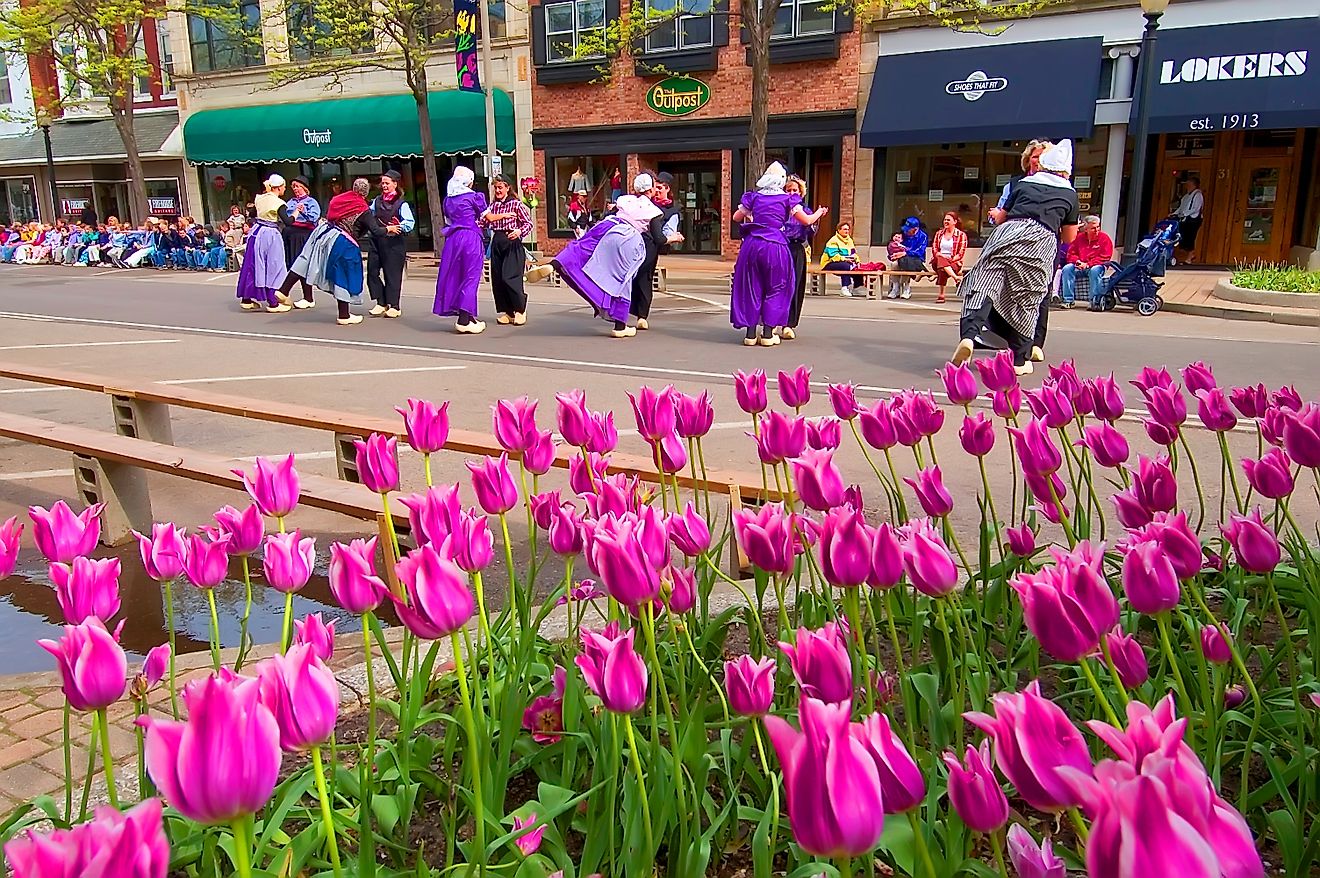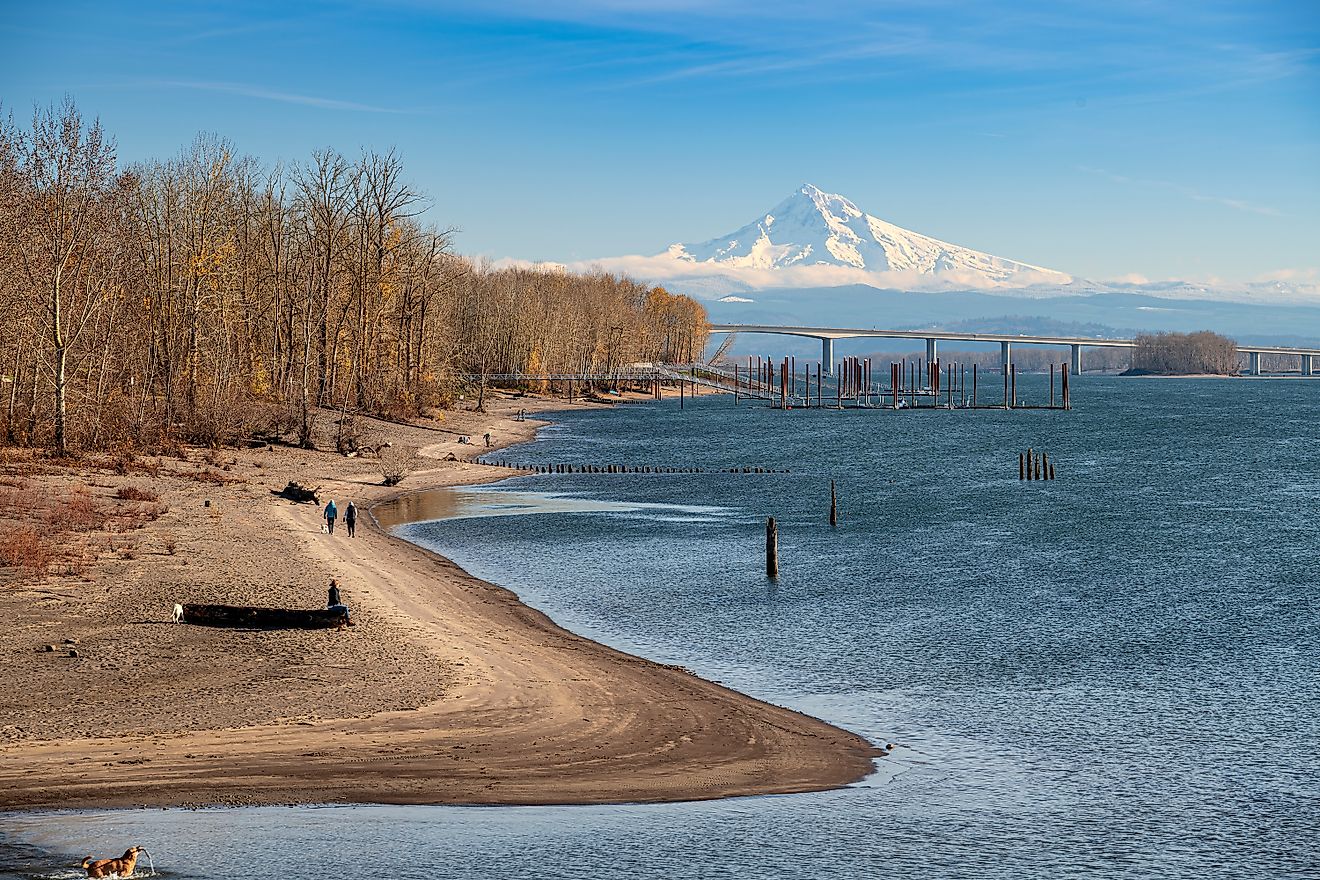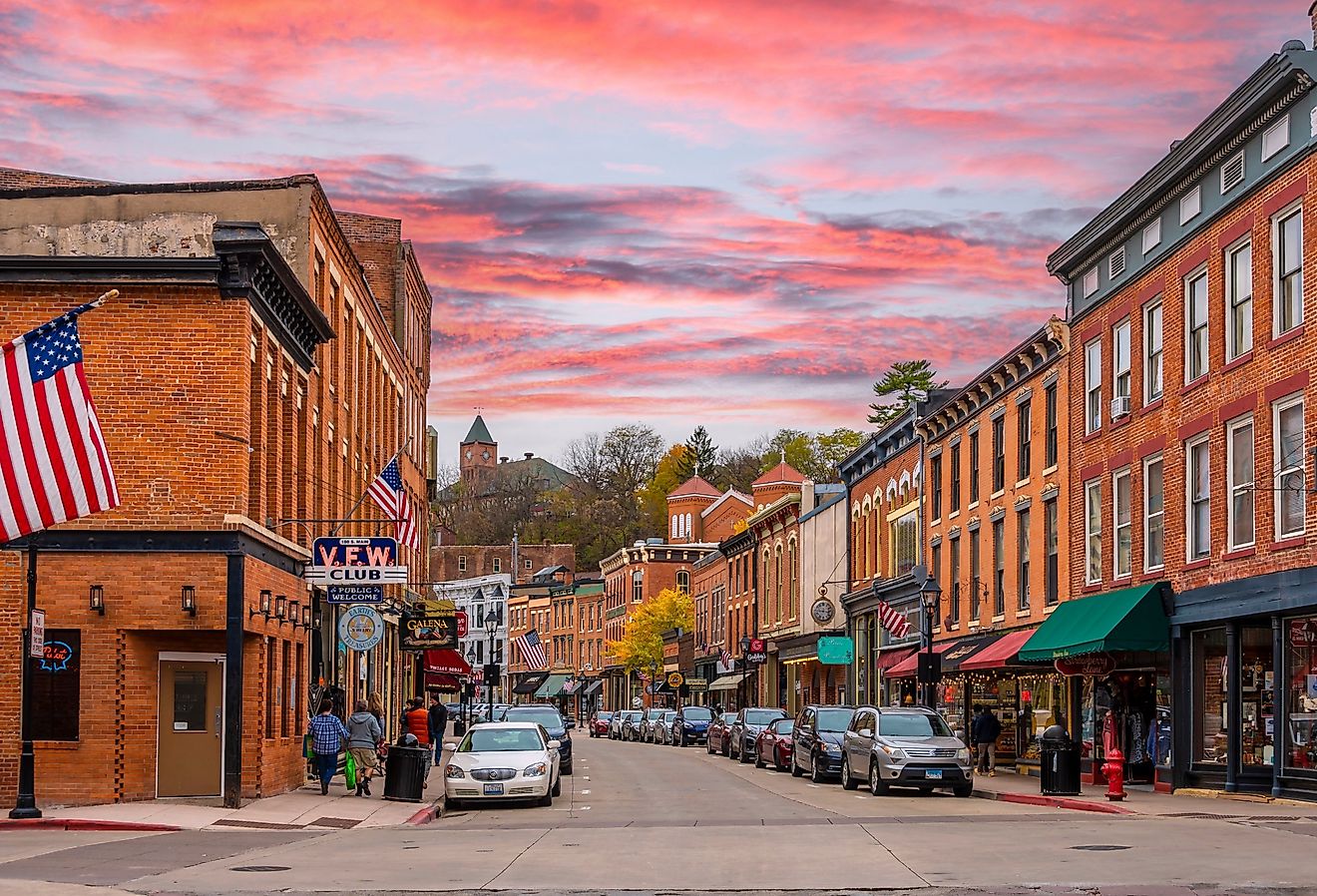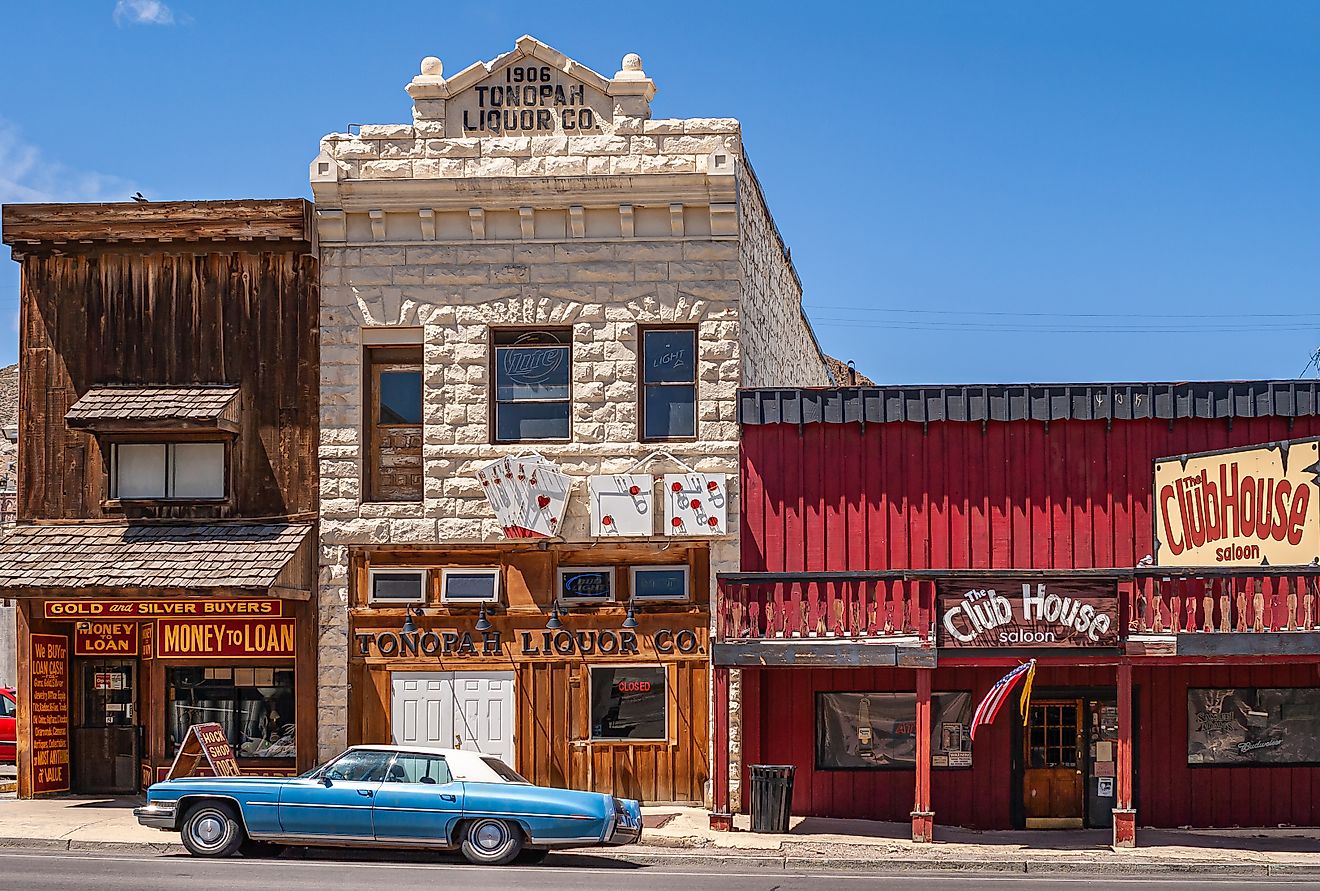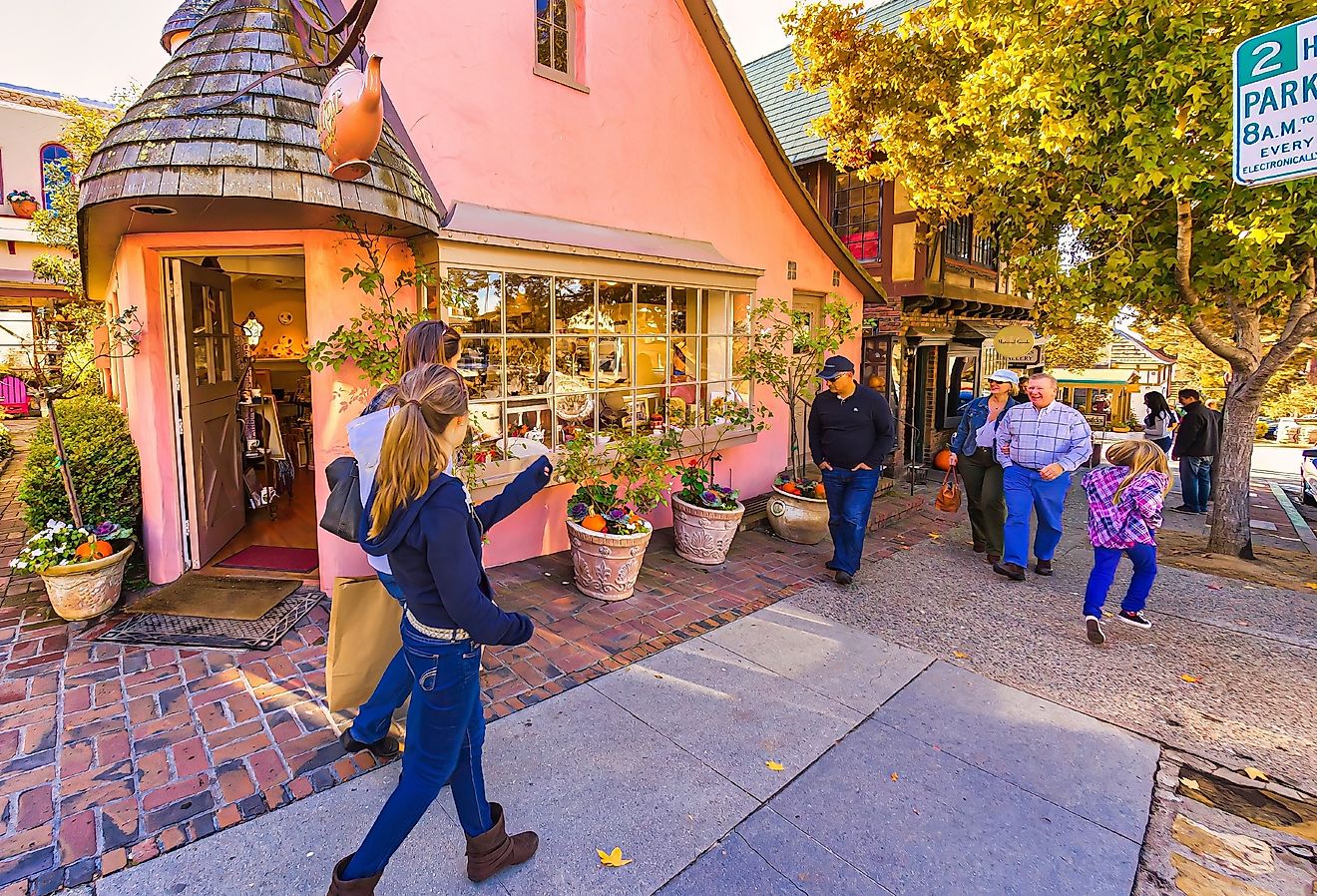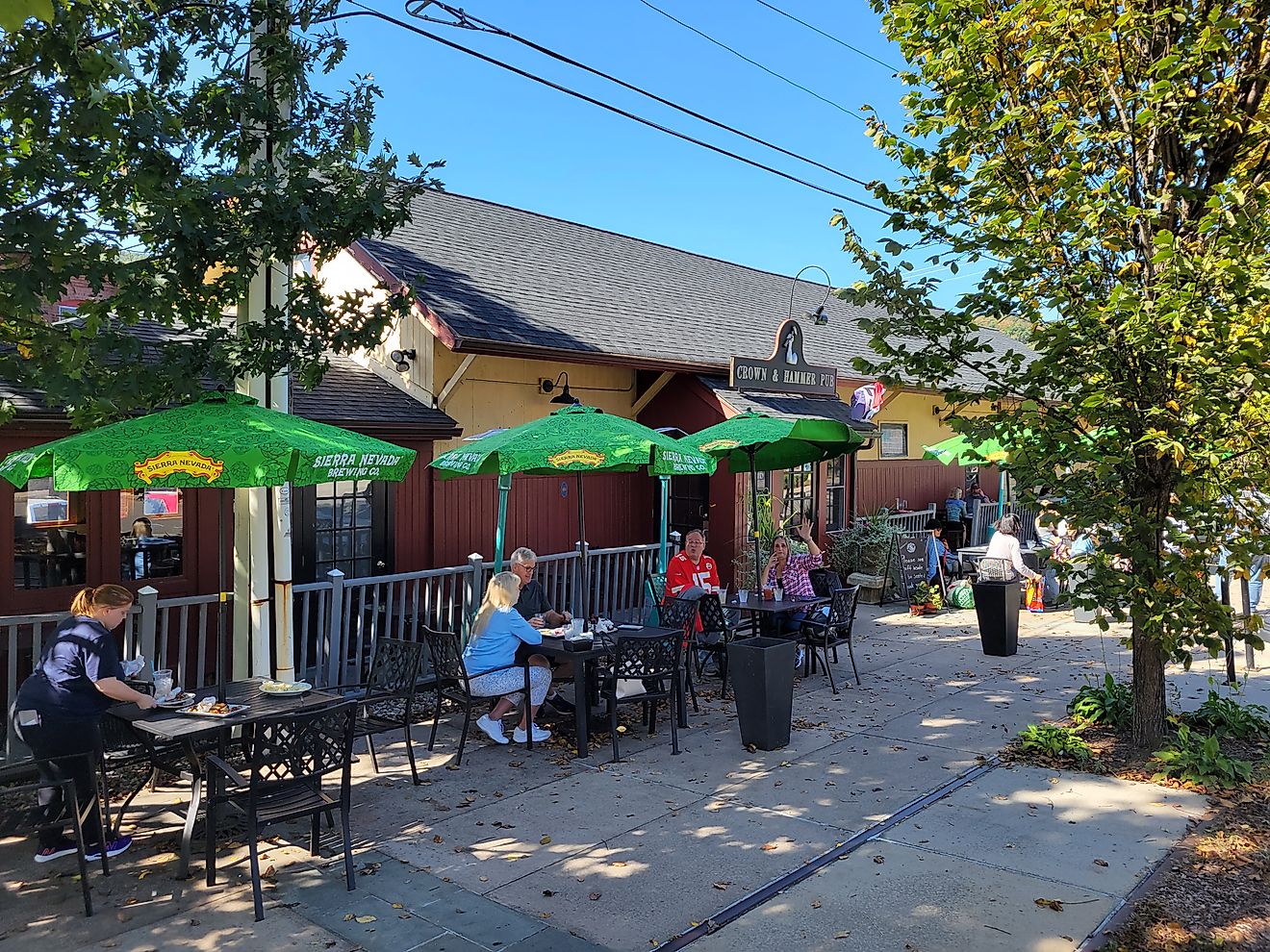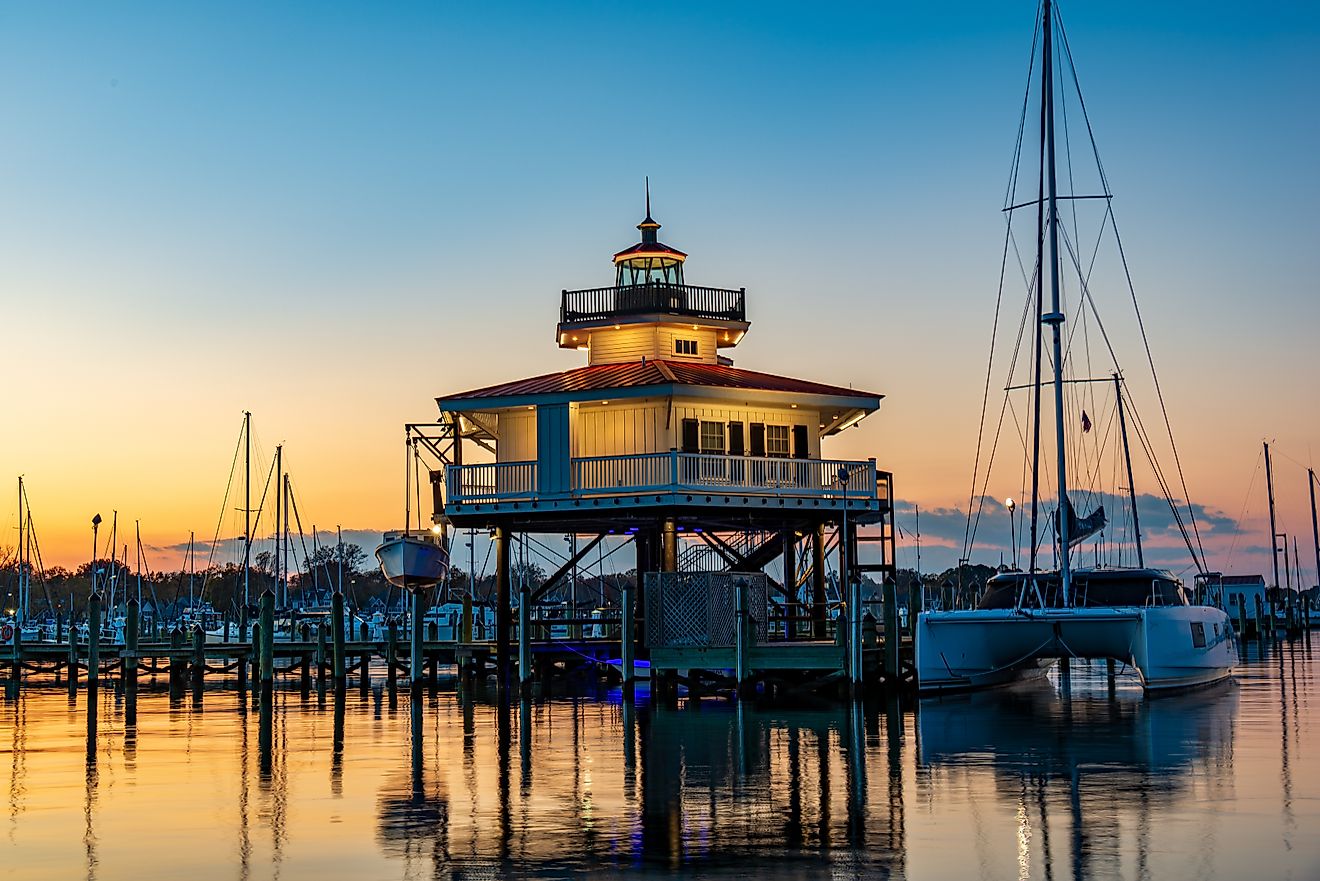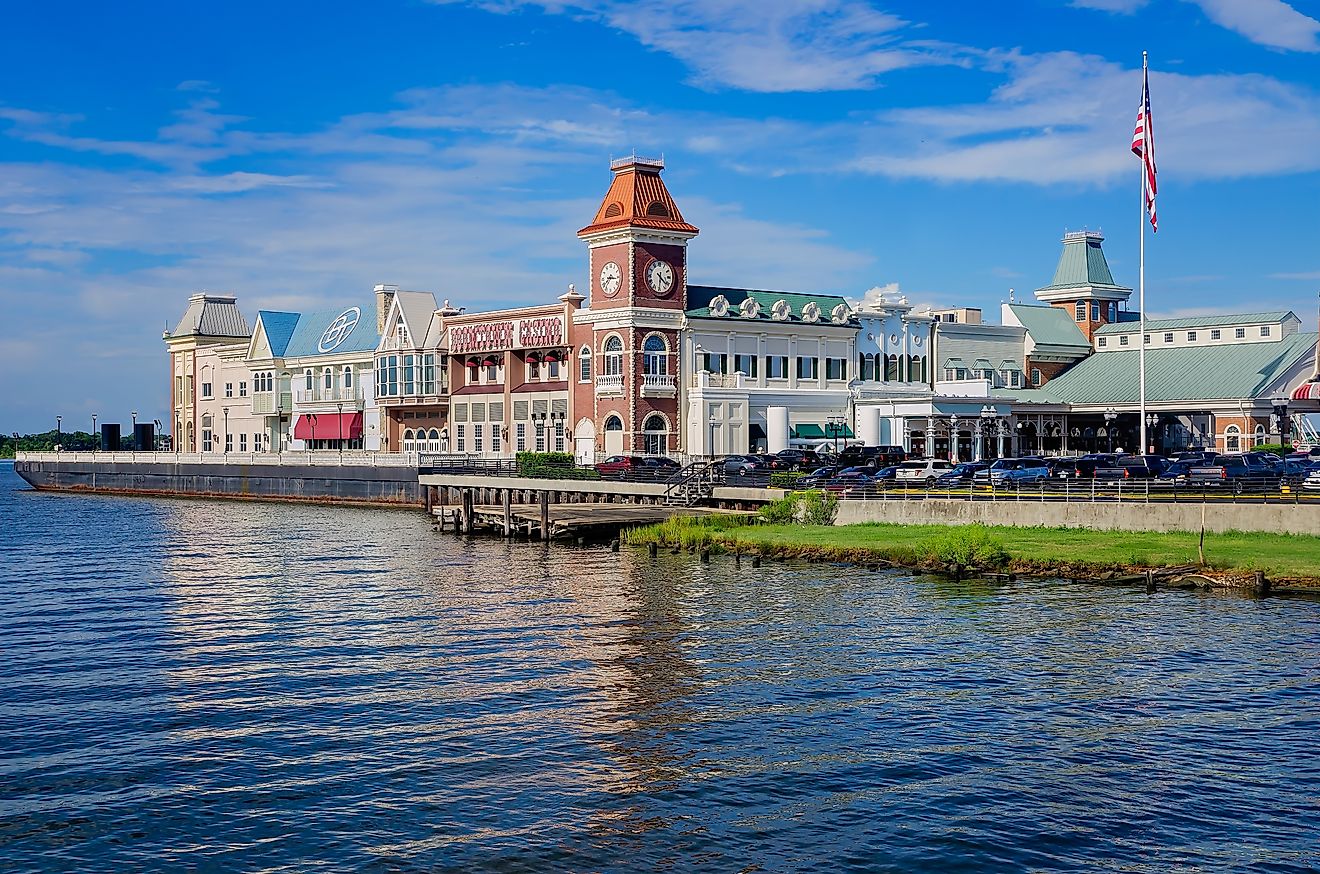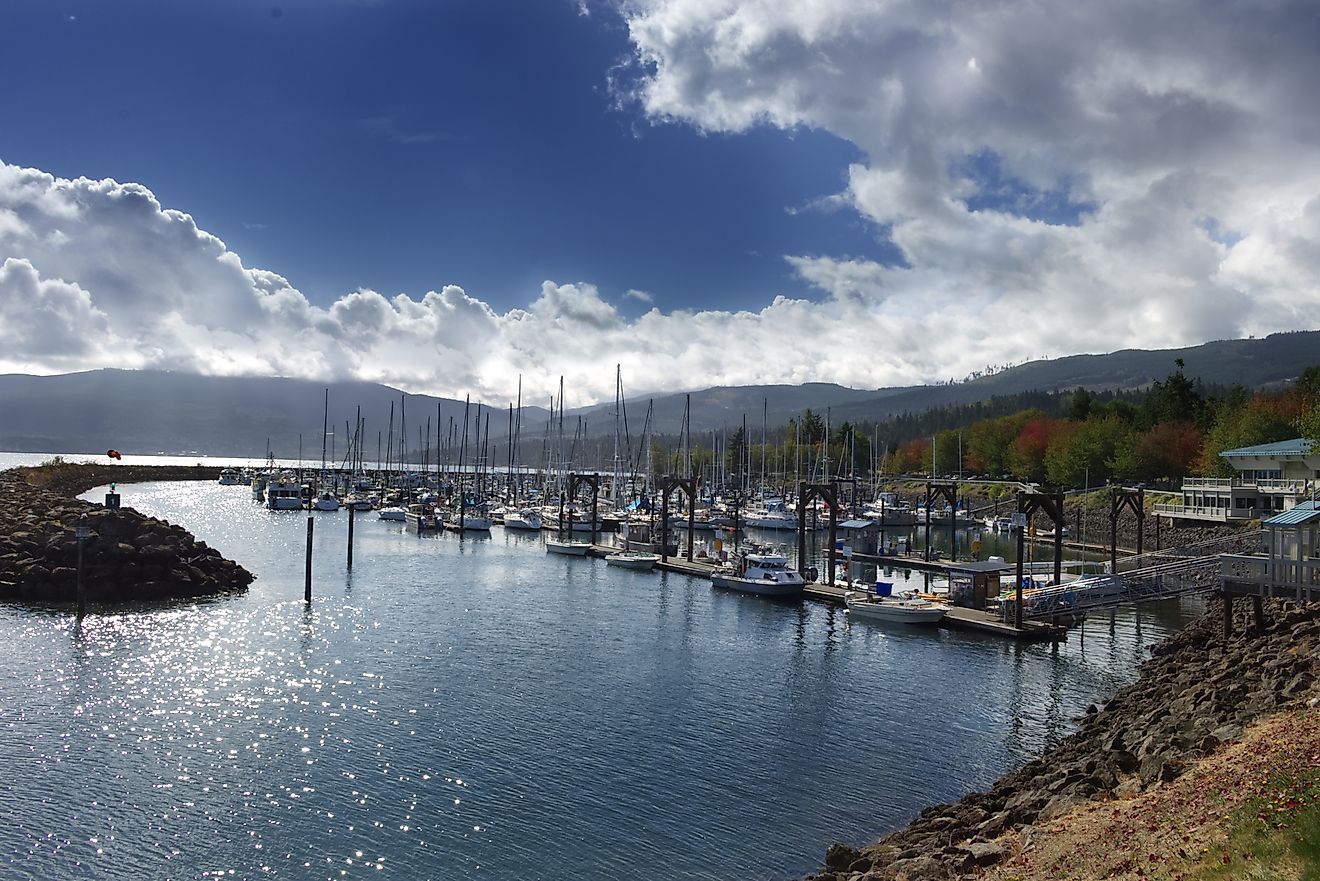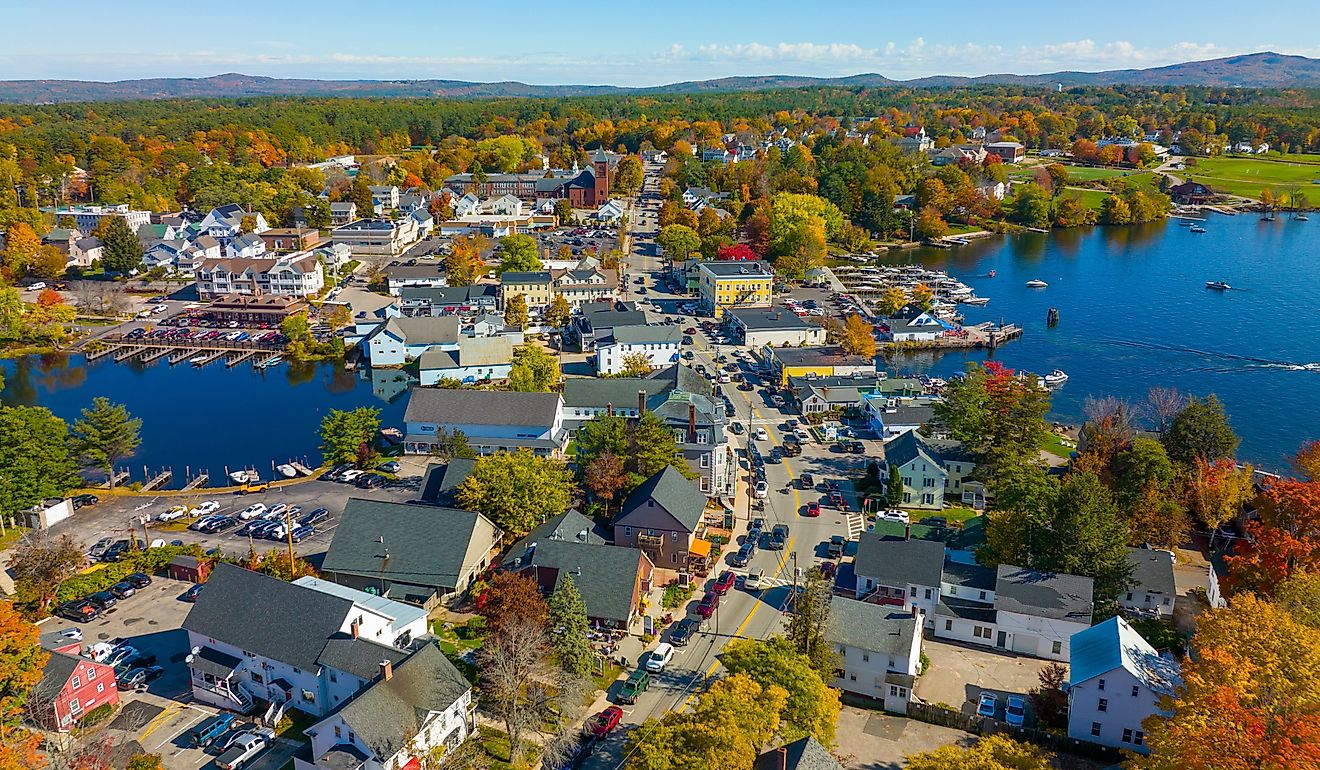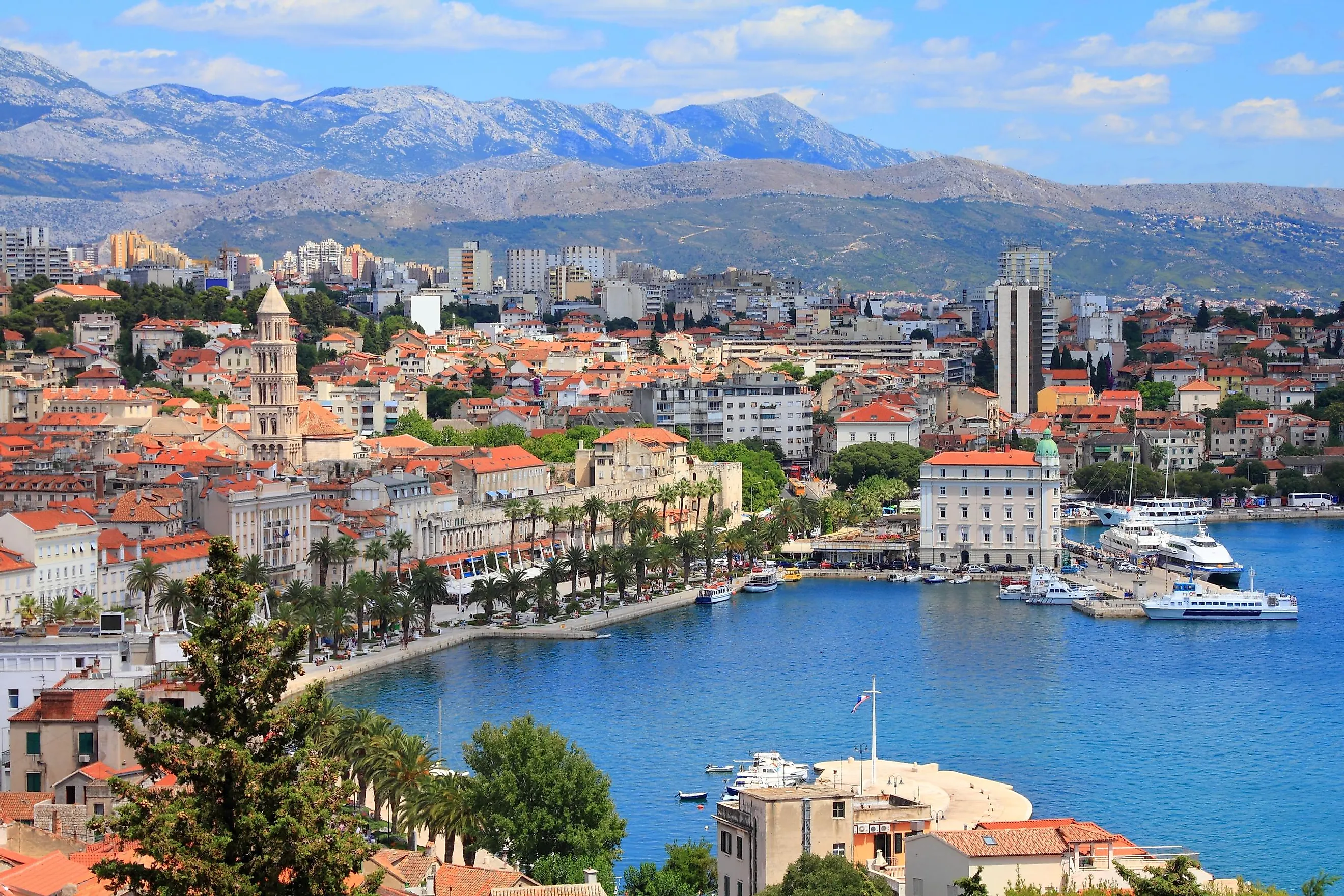
Split, Croatia
A well-trafficked waterfront backdropped by tantalizing islands, marble-slab streets that invite exploration into an inner Old Town labyrinth, a hikable, tree-covered hill that waits to reveal its panoramic vistas: such is the lay of the land in Croatia's second-biggest city. Split is perfectly placed on a small peninsula along the Adriatic Coast - well connected to the rest of the Balkans and Central Europe. It sports groomed beaches and handsome coves, a dizzying history, and everything from Greek-era palaces to hole-in-the-wall coffee shops. I recently spent a few weeks touring this UNESCO World Heritage Site, and I can see why it now attracts nearly one million annual tourists. This, I found, was an ideal amount of traffic. Split doesn't yet feel crowded, but it is also undeniably energetic. Let's dive into this imaginative city.
Geography
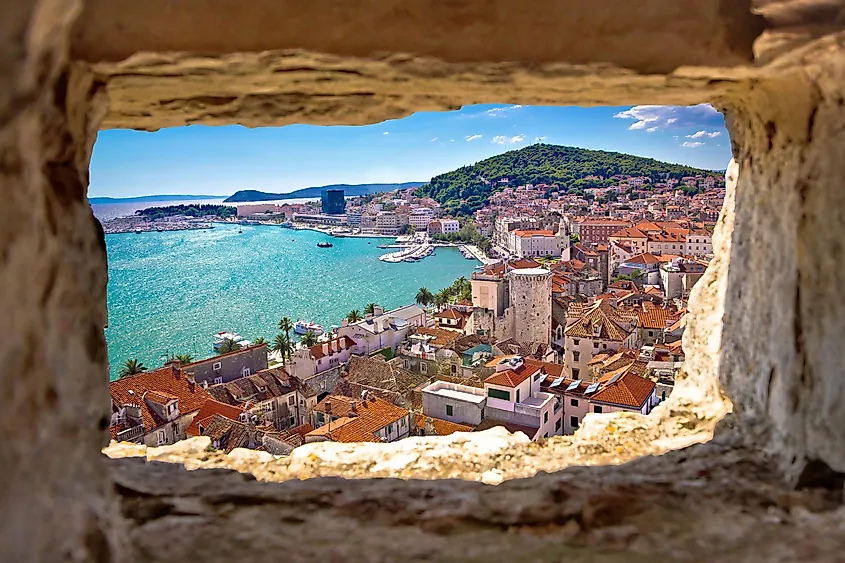
Split sits in the southern reaches of Croatia, in the historical region of Dalmatia (one of four such regions in the county). The city resides on a small peninsula that juts out between the Gulf of Kaštela and the Split Channel. At the western tip of the peninsula, Forest Park Marjan sprouts 178 meters (584 feet) above the Old Town and Adriatic Sea (affording views of the Dalmatian Islands), while the high karst mountains of the Dinaric Alps constitute the appealing backdrop to the north/northeast.
There are several ways to get to Split from elsewhere in the Balkans, Central Europe, and elsewhere in the world. For starters, there is a major international airport in the capital city of Zagreb and another just outside of Split that operates nationally and services select European cities. The Zagreb-Split Highway links the eponymous places, with a distance of about 400 kilometers (249 miles) separating Croatia's two biggest cities. Split is also a major hub along the Adriatic Highway, which links Dubrovnik in the south (230 kilometers/143 miles from Split) with Rijeka in the north (360 kilometers/224 miles from Split).
Buses run regularly from these destinations (and many others throughout the region). It is also common to arrive in Split by boat. The Port of Split is the third-busiest in the Mediterranean - serving some four million passengers per year, including roughly 130,000 aboard 260 cruise ships. And while the rail system is limited compared to Western Europe, getting to/from Zagreb is usually possible, especially in the summer when the operating schedule expands.
A Brief History
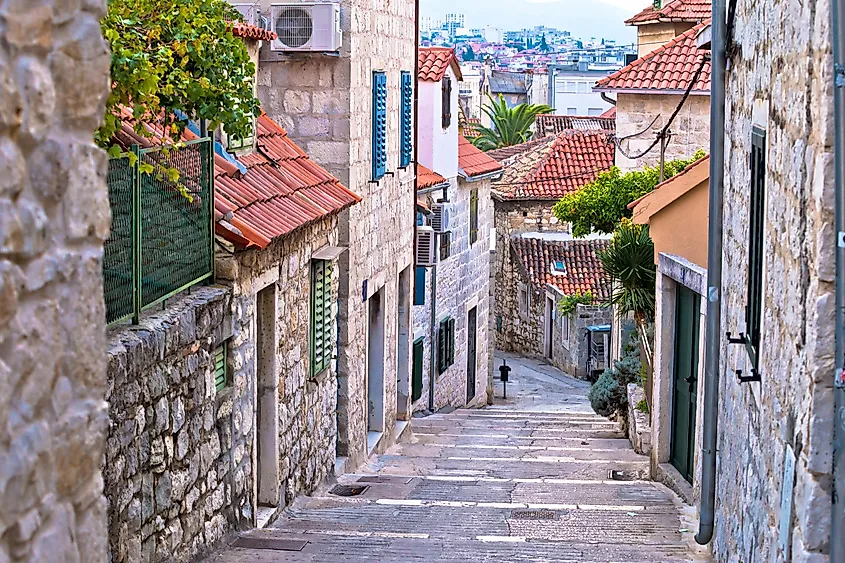
The history of Split is at once fascinating and chaotic. There are enough regime changes and milestones to fill an encyclopedia. But in a chronological nutshell:
Split was founded in the 2nd or 3rd century BCE (exact date unknown) as a Greek colony under the name Aspálathos. Flash forward to the late 3rd/early 4th century CE, when the region was under Roman rule; this is when Emperor Diocletian had his grand palace built.
Jumping from antiquity to the Middle Ages, modern-day Split/Dalmatia was ruled by the Ostrogothic Kingdom, the Byzantine Empire, the Kingdom of Croatia, and the Kingdom of Hungary. Across the early-modern to the modern period, this site developed into an important port city, thanks to its access to trade routes across the Ottoman territory, under which it was ruled (for a time). During this era, the Venetian Republic, Habsburg Empire/Monarchy, Napoleonic Kingdom, Kingdom of Dalmatia, Kingdom of Croatia-Slavonia, the Austro-Hungarian Empire, the Kingdom of Serbs, Croats, and Slovenes (turned Yugoslavia), the Italian forces during World War II, the Socialist Republic of Croatia, and the Independent State of Croatia all laid claim to Split at one point or another. The name "Split" was officially recognized in 1910.
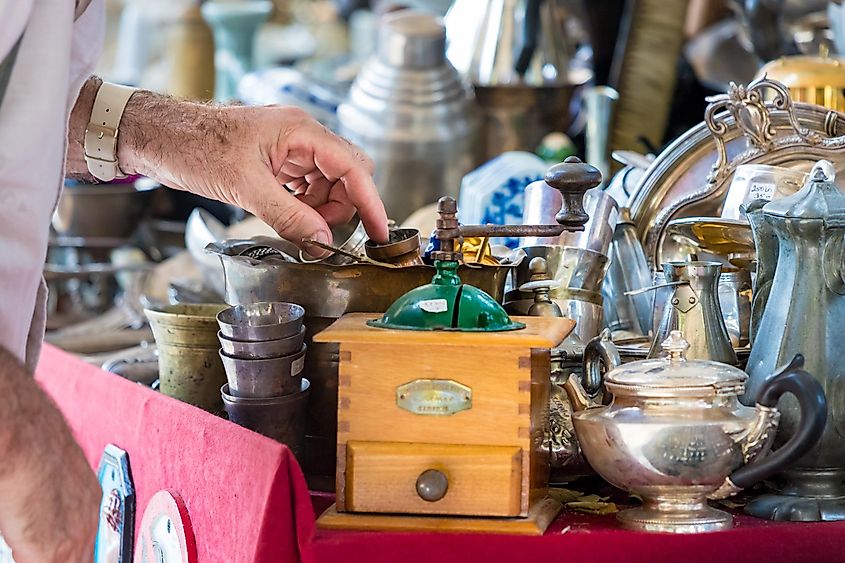
In the wake of WWII, Split experienced its most prosperous economic period. During this time, Yugoslavia developed a substantial shipbuilding industry (one of the world's leading) and built the largest passenger and military port in the territory (which became the headquarters of the Yugoslav Navy). Split was also turned into the economic center of the region. Lots of recreational facilities were also erected, which encouraged Splits' lasting fever for sports. Fascinatingly, Split is reported to have the highest number of Olympic medal winners (per capita) of any city in the world. The walk of fame along the western reaches of the Riva Promenade boasts a plaque for each podium finisher.
In 1979, UNESCO recognized the core of Split as a World Heritage Site under the cultural designation Historic Complex of Split with the Palace of Diocletian. Along with the stately, 28,900 square-foot fortress, the World Heritage Committee has also highlighted the medieval cathedral built utilizing parts of the ancient mausoleum, the 12th/13th century Romanesque churches and fortifications, and the 15th-century Gothic, Renaissance, and Baroque palaces that surround Split's historic center.
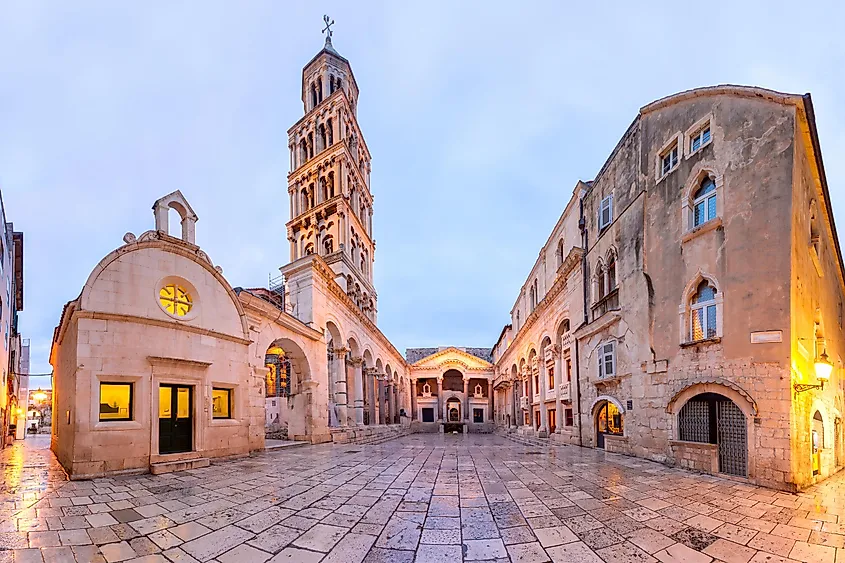
In 1991, Croatia seceded relatively peacefully (especially compared to Bosnia) from Yugoslavia during the Croatian War of Independence. Afterward, Split drifted into a period of economic decline.
The new millennium brought renewed vitality, thanks to substantial increases in tourism. Neighboring landlocked (or predominantly landlocked) nations have taken stock of Croatia's inviting coastline for their summer holidays, hundreds of cruise ships dock in Split's engaging harbor, backpackers have their pick of hostels, budget hotels, and short-term rental apartments, and Game of Thrones fans are drawn to the shooting locations of the enormously popular TV series.
Finally, in 2013, Croatia joined the European Union, making it (at the time) the 28th member state. Note: As of Jan 1, 2023, the Euro replaced the Croatian Kuna (HRK).
Demographics
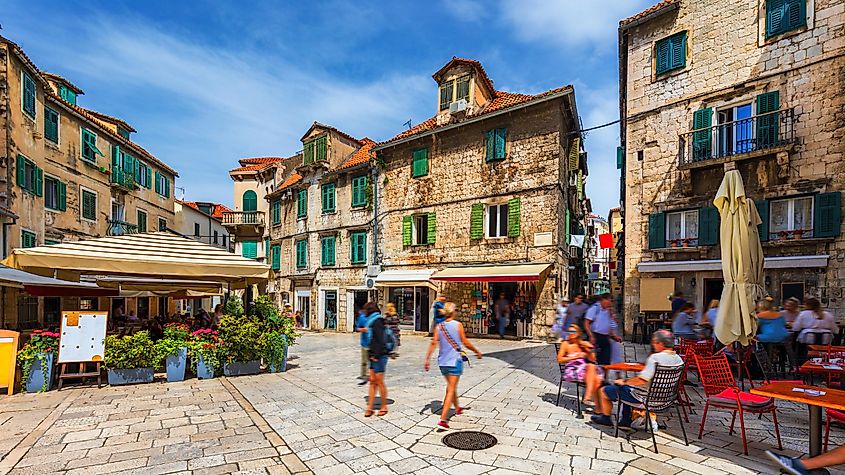
As of the 2021 census, the population of Split was 160,577. This is down from the 1991 peak of 200,459. This makes Split the second-largest city in Croatia after Zagreb. The sex breakdown is 52,9% male and 47.1% female. The age brackets are 0-14 (14.1%); 15-64 (63.7%); 65+ (22.1%). In terms of cultural demographics, 97.5% of residents are Croats, 0.9% are Serbs, and 1.5% are from differing, unspecified backgrounds. As for religion, 81.1% of Split belongs to the Roman Catholic faith, 5.7% practice another Christian denomination, 10.1% are unaffiliated, and there are small Orthodox and Muslim communities.
Climate: When to Visit
According to the Köppen climate classification, Split experiences a Mediterranean climate (Csa), which is defined by hot, mostly dry summers, and cool to mild and wet winters. Snow is very rare in these parts, but there can be strong north winds that can make some days feel chillier than others.
January is the coldest month (with a mean daily temperature of 8 degrees Celcius/46.4 Fahrenheit), November is the wettest (101.7millimeters/4 inches of precipitation), and July is the hottest (mean temperature = 25.7 C/78.3 F) and driest month. Sunshine follows the expected parabolic pattern across the year (i.e., more in the summer), amounting to 2,630 annual cloud-free hours. As for you swimmers, the sea temperature in March is half of its August peak (11.9 C/53.4 F vs 23.6 C/74.5 F), but during my March visit, I still found the water to be refreshingly comfortable on warmer, sunnier days.
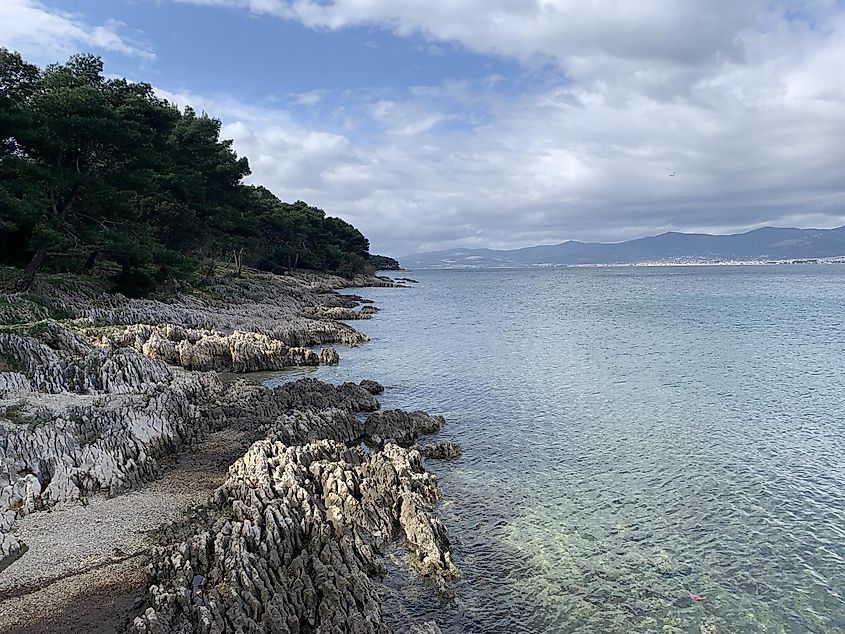
Ultimately, I think visiting Split during most months of the year would be an enjoyable experience. As with all appealing coastal places, there is the ever-present weather/crowds tradeoff to consider. If you're there for the beaches, then summer's tourism wave will simply be part of the equation. But if you don't mind light jacket temperatures, then spring/fall are fine times to swing by. In terms of activity, some shops were still in hibernation when I was there. Just as April was approaching, I began to notice more people, pop-up markets, and extended business hours. There will always be restaurants and hotels available, but if you have your heart set on little artisan shops or a particular Old Town establishment, then you might want to confirm their seasonal schedule ahead of time.
Attractions
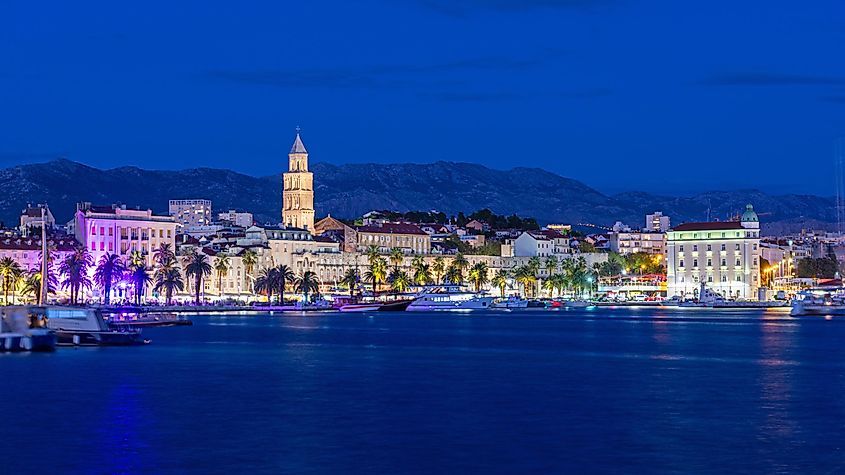
Even though Split is a sizable city, its main tourist attractions all flow into one another along the walkable waterfront. Whether arriving by boat, bus, train, or car, a stroll along the Riva Promenade will immediately showcase what this Croatian magnet is all about. Here, you can grab a specialty coffee on any of the numerous cafe patios, watch the pedestrians pass by, or the ships come and go, scout the Dalmatian Islands ahead, and glimpse the forested bulk of Marjan. Yes, the harbor can have a bit of a fishy smell to it at times, but that's all part of the immersive experience.
Behind the waterfront, the Old Town flourishes. Start with a tour of the Diocletian Palace and cellars before climbing the St. Dominus bell tower (another of Split's iconic structures, built between the 13th and 16th centuries) for a stellar view of the city (or so I hear - it was, unfortunately, under construction when I was there). Next, explore the narrow, crisscrossing alleys to see what hidden treasures await. Maybe grab another cup of joe at D16, a fancy cocktail around the corner at Galerija, or some top-notch seafood, pizza, or vegetarian dishes at a variety of locations. There is no shortage of Old Town establishments, and they perfectly contrast the open-air promenade with a tight-knit, cozy feel created by the ancient stone walls. Before exiting the labyrinth, Game of Thrones fans should swing by the GOT Museum, and history buffs ought to make their way to the Split Archeological Museum (i.e., the oldest in Croatia), where 150,000 artifacts spanning from prehistory to the Middle Ages are on display.
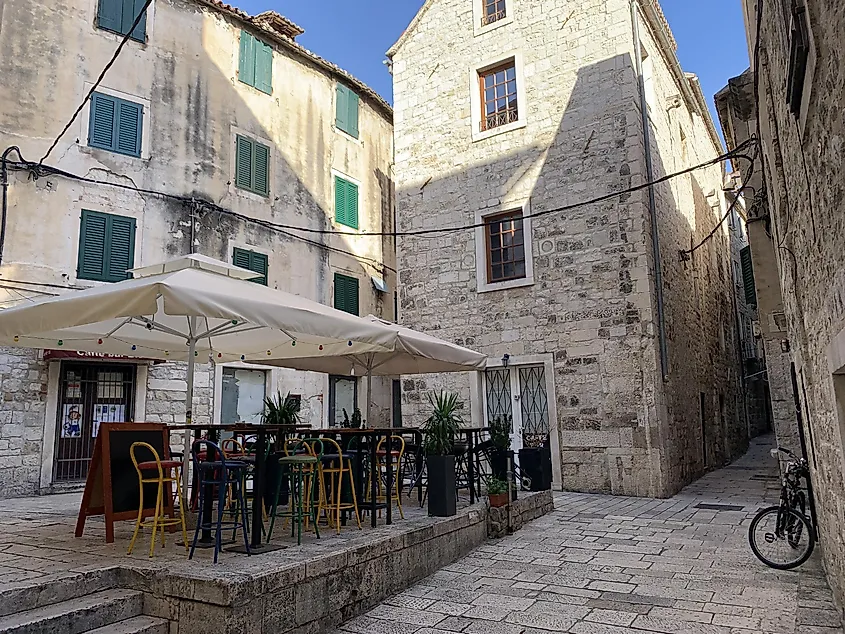
In terms of outdoor recreation, Split has some lovely beaches along its western edge (i.e., the south side of Marjan), but it also sports several pleasant swimming spots and picnic areas on the north side of the park. If you like nature trails, Marjan is absolutely full of them. From crushed gravel to single-track dirt trails to technical mountain biking routes, this little slice of manicured wilderness is a great way to get in that daily workout, unwind in a peaceful setting, and snag unbeatable views of mountains, cities, and the sea.
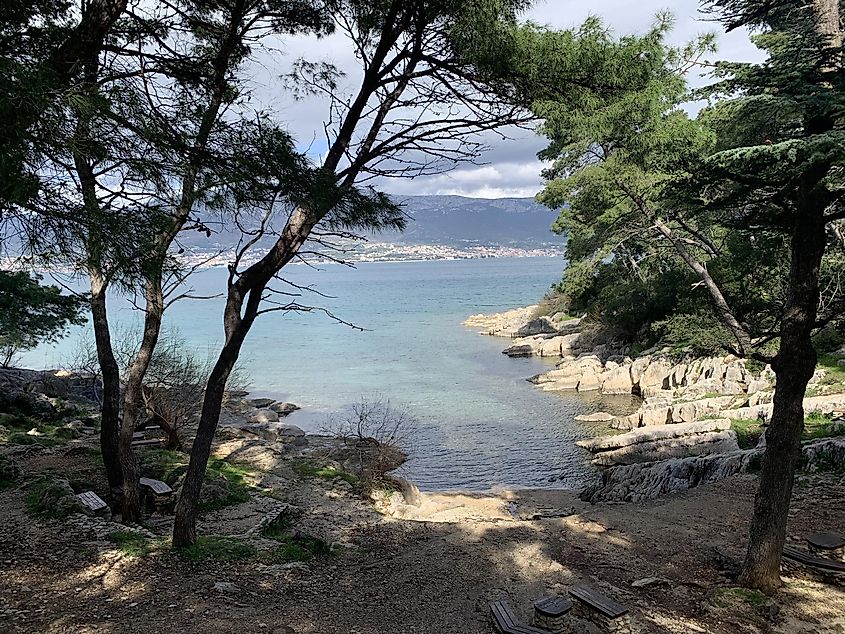
Bon Voyage, or Rather, "Sretan Put!"
The secret is out about Split, but Croatia's second-biggest city is still in that sweet spot for tourism. It has everything you could ever want/need, and there is a vibrant social atmosphere, but at the same time, it is easy to disappear in the Old Town streets, retreat to a private beach, or ascend into the sheltered hills on the edge of the peninsula. I'm glad to have visited Split in the early spring so that I could experience its authentic off-season side, but I also can't wait to return during the summer swell so that I can enjoy bathing suit weather and the beaming crowds of international vacationers.
